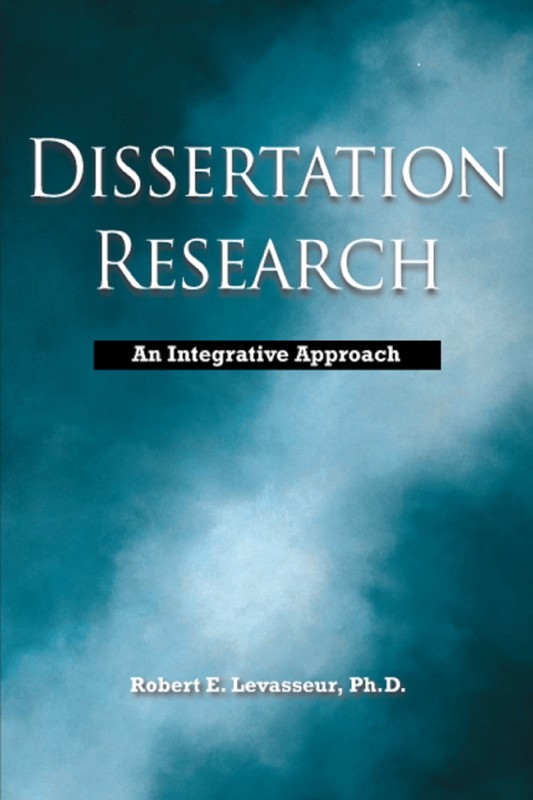Critical Thinking at the Doctoral Level
What does it mean to exercise critical thinking? Does it mean to be negative and adversarial? Does it mean to provide constructive criticism? Or does it mean something totally different? To explore the nature of critical thinking, we begin by examining the concept of left and right brain thinking.
Left and Right Brain Thinking
Brain research suggests that the left and right sides of the brain have distinct and complementary functions. Simply put, the left brain is the seat of logic and, hence, analytical thinking, and the right brain is the seat of intuition and, hence, system thinking.
So, is critical thinking left-brained, analytical thinking, or is it right-brained, system thinking?
Lower vs. Higher-order Thinking
differentiate the work of students from scholars, academics use a framework called Bloom’s Taxonomy. According to Benjamin Bloom, there are multiple levels of thinking.
They follow a hierarchy from the lowest to the highest order or level:
Knowledge
Comprehension
Application
Analysis
Synthesis
Evaluation
New doctoral students tend to focus on the lower level skills since the educational system at the levels below the doctorate tend to emphasize their use.
As a doctoral student, however, your work must reflect all levels of thinking, particularly the higher-order thinking skills of analysis, synthesis, and evaluation. In addition, your work should incorporate a whole-brain approach that uses right-brained, systemic thinking to support left-brained, analytical thinking, and vice-versa.
To learn more about the secrets to doctoral study success, read Student to Scholar and Dissertation Research.


